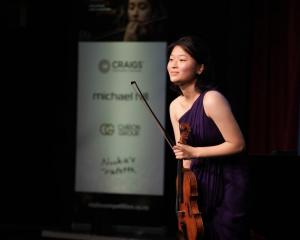Geoff Adams reviews Duetti by Philippe Jarousky and Max Cencic (countertenors) and String Trio Sapphires, by Tres Cordes String Trio.
> Duetti. Philippe Jarousky, Max Cencic (countertenors). Virgin CD.
Marcello's Chiaro e limpido is the 20-minute highlight, with rich orchestration, the singers showing virtuosity in solos and intertwining voices exquisitely in the duets. A Scarlatti duet ends the recital, after other works by Bononcini, Mancini, Porpora and Marcello. Heavenly music; booklet provides useful notes, libretti and translations.
Highlight: Conti's cantata has the duo imitate the song of a nightingale, its soaring flight and beating wings.
> String Trio Sapphires. Tres Cordes String Trio. Ode CD.
"Sapphires", rather than diamonds, perhaps because these are lesser-known classics.
But the New Zealand musicians, Cathy Irons (violin), Serenity Thurlow and Tomas Hurnik (cello), give them a proper polish and some sparkle.
The three are members of the Christchurch Symphony Orchestra and have been performing together since 2007.
Not surprisingly, the Haydn and Schubert works are the most interesting in their artistry and the other composers' music less memorable. The booklet is not informative, apart from biographical notes about the trio.
Highlight: pleasant harmonies in Haydn's three-movement Trio.












